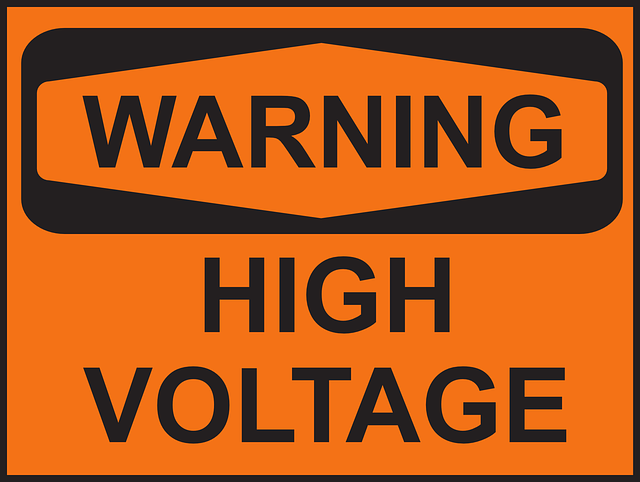Background checks in transportation, especially driver background screening, are crucial for road safety by identifying potential risks and maintaining a safer environment. This process involves verifying criminal histories, driving qualifications, and records, enabling companies to make informed decisions and adhere to safety standards while balancing legal considerations and staying updated on legislative changes.
In the realm of transportation safety, background checks play a pivotal role. Background Checks in Transportation: Driver Background Screening explores the crucial process of screening drivers for criminal history and violations. This article delves into the significance of comprehensive driver background checks, outlining key elements for effective screenings. By examining legal considerations and best practices, it emphasizes the importance of these checks in fostering safety on our roads. Remember that a robust screening process is a vital step towards ensuring secure transportation networks.
- Understanding the Importance of Driver Background Checks
- Key Elements in a Comprehensive Screening Process
- Legal Considerations and Best Practices for Safety
Understanding the Importance of Driver Background Checks

In the realm of transportation safety, background checks in transportation play a pivotal role in ensuring the well-being of passengers and road users alike. Screening drivers for their criminal history and violations is not just a procedural step but a crucial measure to mitigate potential risks on the roads. Every driver, regardless of their experience, should undergo rigorous driver background screening to uncover any past offenses or red flags that could impact their ability to operate a vehicle responsibly.
These checks are essential in identifying individuals who may pose a threat due to a history of reckless driving, DUIs, or even more severe criminal activities. By implementing thorough driver background screening, transportation authorities can foster a safer environment by weeding out drivers who might endanger others on the road. It’s a proactive step that reflects the industry’s commitment to adhering to safety standards and upholding public trust.
Key Elements in a Comprehensive Screening Process

A comprehensive screening process for drivers involves several critical elements to ensure safety on the roads. Firstly, thorough background checks are essential, delving into an individual’s criminal history and any previous violations. This includes verifying convictions, pending charges, and even minor infractions, as they may indicate a pattern of disregard for traffic rules.
The screening should also encompass education and training verifications, ensuring drivers have the necessary qualifications and have undergone appropriate safety courses. Additionally, reviewing driving records is vital, checking for past accidents, citations, and any disciplinary actions taken against the driver. Integrating these key components into the driver background screening process helps identify potential risks, allowing transportation companies to make informed decisions and maintain a safe fleet.
Legal Considerations and Best Practices for Safety

When it comes to background checks in transportation, especially for drivers, legal considerations are paramount. Many jurisdictions have strict regulations regarding the screening of criminal history and violations for individuals operating commercial vehicles or public transport. These rules exist to balance the need for safety with constitutional rights, ensuring fair treatment while also maintaining a standard of integrity within the industry. For instance, laws often mandate what types of offenses are disqualifiers and how far back in time a company must conduct these driver background screenings.
Best practices for safety in this context go beyond legal requirements. Transportation companies should implement robust screening processes that include comprehensive checks against national criminal databases, local law enforcement records, and any other relevant sources. A thorough review of driving history, including past employers and insurance claims, can reveal potential red flags. Additionally, staying updated on legislative changes related to driver background screening is crucial to adhering to evolving industry standards and maintaining a robust safety culture.














